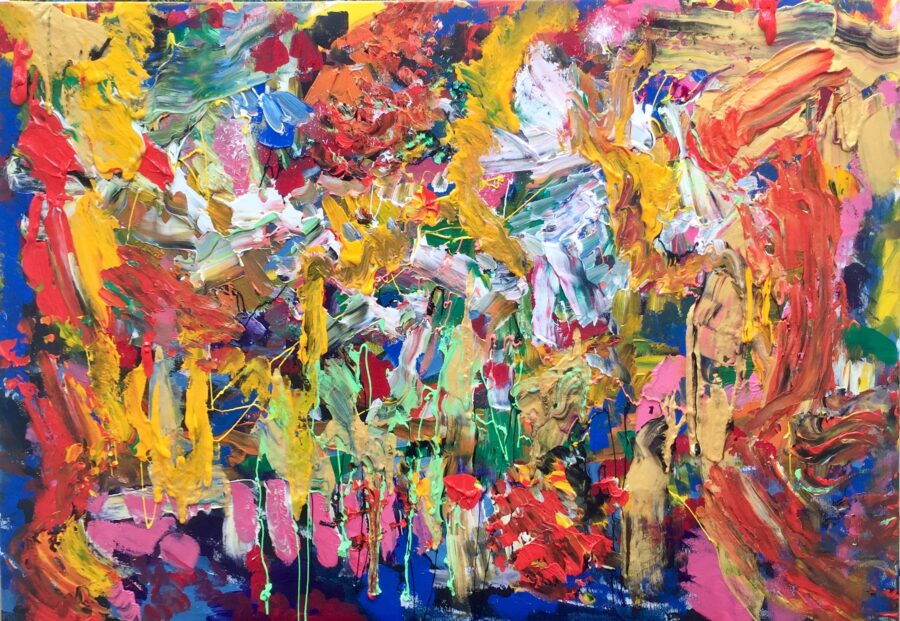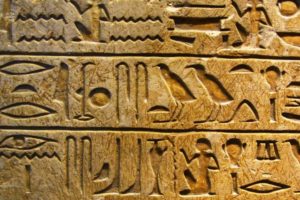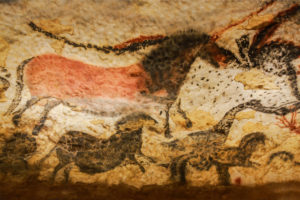I’m currently studying the book of Ruth with a small group at my church. I have to honestly admit that after finishing my seminary degree last year, that I hadn’t really studied the Bible in-depth until we started studying this book together. Studying the Bible in community really does bring a freshness to the text, as I hear and engage with other people’s thoughts and questions, which also spur on my own inquiry and contemplation. Seeing different perspectives helps and encourages me to see the story of Ruth in ways I never thought of before. It makes me remember, “Oh yeah! I actually like studying the Bible!” I think that after an intense grad school experience, I needed some time to rest, so now getting back into studying the Bible is fun again.
Since the Book of Ruth is known as a great love story between Ruth and Boaz, I often glossed over the great suffering that Naomi faces in the first chapter of Ruth. Many times, in wanting to get to the redemptive happy ending, I don’t often sit in the hard and painful parts of the story. As we’ve been delving into Chapter 1 these past two weeks, I’m struck with the humanity of Naomi as she laments her desperate situation. Losing her husband and two sons, she was left alone with her two daughter-in-laws (1:3-5). Since women during that time period were solely dependent on the males in their family to take care of them, without a husband and sons, Naomi was left with nothing, and did not have anything to fall back on. She felt the dire nature of her circumstances in her dialogue with Ruth and Orpah, as she tells them,
“Turn back, my daughters; why will you go with me? Have I yet sons in my womb that they may become your husbands? Turn back, my daughters; go your way, for I am too old to have a husband. If I should say I have hope, even if I should have a husband this night and should bear sons,would you therefore wait till they were grown? Would you therefore refrain from marrying? No, my daughters, for it is exceedingly bitter to me for your sake that the hand of the Lord has gone out against me” (1:11-13).
In her state of deep grief, Naomi had no hope, and she did not want her daughter-in-laws to suffer the poverty she knew she would face. She doesn’t see the goodness of God in her deep pain, as she feels like God is against her. In the midst of Naomi’s hopelessness and resistance, Ruth clung to Naomi, and does not leave her side, and in a beautiful statement of submission, she says,
“Do not urge me to leave you or to return from following you. For where you go I will go, and where you lodge I will lodge. Your people shall be my people, and your God my God. Where you die I will die, and there will I be buried. May the Lord do so to me and more also if anything but death parts me from you” (1:16-17).
Ruth’s boldness in staying with Naomi, even through the suffering and hardship she knew she would inevitably face shows a deep love and care for Naomi, to not leave her alone in this destitute situation. As I think about how people who are suffering often want to be left alone, and withdraw from others, such as Naomi’s response in wanting to be alone, yet actually need others and community, I think that Ruth brings a beautiful picture of what it means to not leave someone who is suffering alone. In American culture, which is highly individualistic, and which is also a culture that does not give the space for people to grieve or know how to deal with people who are suffering, the response of Ruth seems quite foreign to us. To actually press in and be with another in their deep pain and suffering is something that is extremely difficult, yet, there is great power in presence- and through Ruth’s presence in this story, she becomes an avenue for God to redeem Naomi’s hopeless situation – as we see in later chapters. The story of Naomi and Ruth displays the reality of pain and hardship, the power of relationships and presence through the pain, and ultimately how God can use the painful things of this life and redeem them for His good and greater purposes.





3 Comments
Leave your reply.